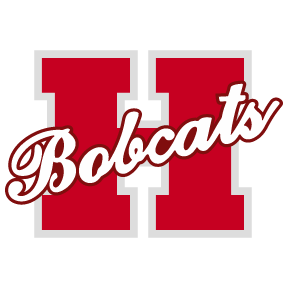HOPE – Anyone in need of a functioning, if dated, basketball scoreboard should contact Jaqueline Brady at the Hope Academy of Public Service; her EAST program students have a deal for you.
\r\nStudents in Brady’s HAPS EAST (Environmental and Spatial Technology) program have earned money for their school by salvaging discarded furnishings, equipment, and technology stored at the closed Edith Brown Elementary School campus, including two full-sized sports scoreboards. All of it is on sale each Monday from 2:45-4:30 p.m. through the end of the school semester in May at the Edith Brown campus, 500 S. Spruce St., in Hope.\r\n
\r\nBrady said the project grossed $300 on its first sale day April 8.\r\n
\r\n“The funds raised by the disposal of the items from the Edith Brown location will be allocated for equipment for the EAST room,” Brady said.\r\n
\r\nShe said the students decided upon purchasing a vinyl cutter and a laser engraver if enough money is raised.\r\n
\r\n“They saw both of these items in other school booths at the EAST conference,” Brady said.\r\n
\r\nThe Edith Brown Elementary School campus, originally named Brookwood Elementary, was the first public school in Hope that former President Bill Clinton attended before his family left for Hot Springs during Clinton’s second grade year. Constructed in 1948, the building has not been in use for many years, except as a storage site for surplus furnishings and equipment.\r\n
\r\nDuring the fall semester this year, HAPS students Hunter Mathis, Juan, Leon, Richard Ware, Collin Easterling, Mika Brown, Courtland Jackson, Cody Clayton, and Calvin Haynes undertook a project to do a GIS mapping of the Edith Brown campus to learn software used in the GIS process. \r\n
\r\nBrady said when the students began looking in the windows at the school, they were astonished at the volume of discarded items stored there.\r\n
\r\n“They came up a plan and presented it to Dr. (Carol Ann) Duke (HAPS principal), Maurice Henry (district transportation/maintenance director), Dr. (Bobby) Hart (superintendent), and me,” Brady said.\r\n
\r\nThe plan was broken into three parts, including inventory and recovery of as many items as could be salvaged; sale for scrap of metal components that might be purchased by bulk metal buyers in the area; and, public sale of items that might be repurposed for business or other uses.\r\n
\r\nCertain items, such as fiberboard and aluminum student desks, were dismantled and salvageable metal recovered. Consequently, more than a hundred of the student desks were taken apart by the students and the aluminum frames set aside for scrap sale, while as many complete desks were reserved for public sale. Brady said the students have a working agreement with an area scrap metal dealer.\r\n
\r\n“We have had a routine on what we’re doing,” Brady said. “Basically, the kids just kept surprising everybody.”\r\n
\r\nThe same process was used for several hundred student chairs, which also have been a popular sale item, Brady said.\r\n
\r\n“Originally, we sold them for a dollar each; but, we found out that we could do better selling them at $2 each for 10,” she said.\r\n
\r\nCustomers are encouraged to make their best offer on most items.\r\n
\r\n“We’re trying to avoid having anything go into a landfill,” HAPS social studies teacher Tony Hooker said.\r\n
\r\nThe students also made photo presentations of bulk items such as overhead projectors and computer monitors to use in marketing them to buyback programs through original manufacturers.\r\n
\r\n“If they can’t give you any money for it, they will refer you to someone,” Hooker said.\r\n





